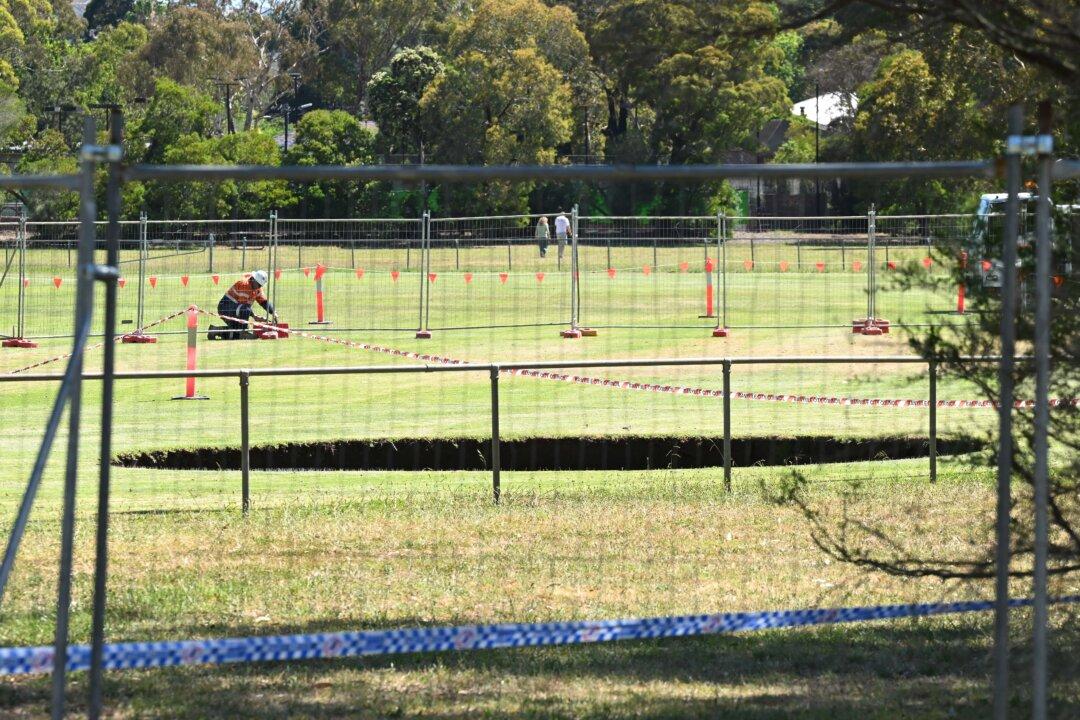An extra $33 billion (US$21 billion) will go towards the pension and other welfare payments in the Australian federal budget, with inflation largely responsible for growing welfare costs.

Australian Treasurer Jim Chalmers conducts television interviews at Parliament House in Canberra, Australia, on Oct. 23, 2022. AAP Image/Mick Tsikas
|Updated:




